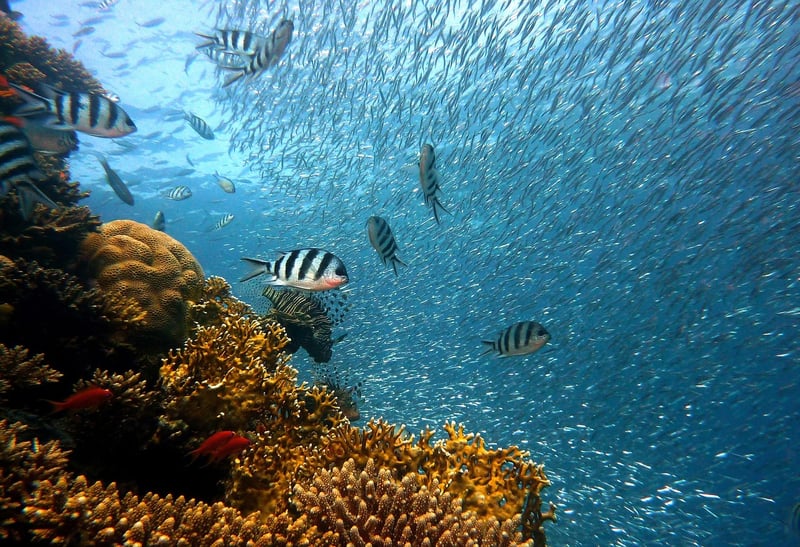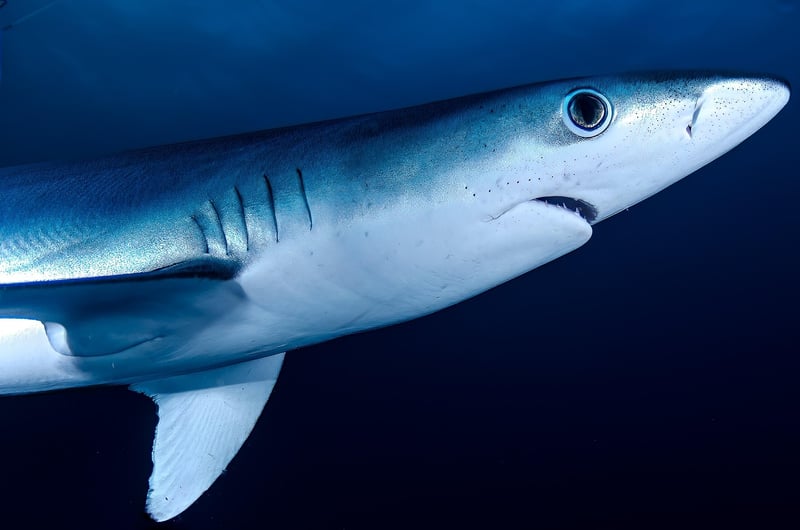Underwater Ecosystems
Exploring the Depths: A Dive into Underwater Ecosystems
Underwater ecosystems are some of the most fascinating and diverse environments on our planet. From vibrant coral reefs to mysterious deep-sea trenches, the world beneath the waves is teeming with life and wonders waiting to be discovered.
The Importance of Underwater Ecosystems
Underwater ecosystems play a crucial role in maintaining the health of our oceans. Coral reefs, for example, provide essential habitat for a wide variety of marine species, while seagrass beds serve as nurseries for young fish. These ecosystems also help regulate the Earth's climate and are a source of food and livelihood for millions of people around the world.
Types of Underwater Ecosystems
1. Coral Reefs
Coral reefs are often called the "rainforests of the sea" due to their high biodiversity. These vibrant underwater structures are home to countless species of fish, invertebrates, and other marine life.

2. Kelp Forests
Kelp forests are underwater areas with large brown algae known as kelp. These forests provide food and shelter for a wide range of marine organisms, including fish, sea otters, and seals.

3. Deep-Sea Trenches
Deep-sea trenches are some of the most mysterious and least explored ecosystems on Earth. These deep, dark habitats are home to unique species adapted to extreme pressure and cold temperatures.

Exploring Underwater Ecosystems
For those interested in exploring underwater ecosystems, scuba diving and snorkeling are popular activities that allow you to witness the beauty of the ocean up close. Many marine conservation organizations also offer eco-tours and educational programs focused on underwater ecosystems.
Remember, when exploring underwater environments, it's essential to do so responsibly and sustainably to protect these fragile ecosystems for future generations to enjoy.
So, whether you're a seasoned diver or simply curious about the world beneath the waves, underwater ecosystems offer a wealth of wonders waiting to be discovered.
